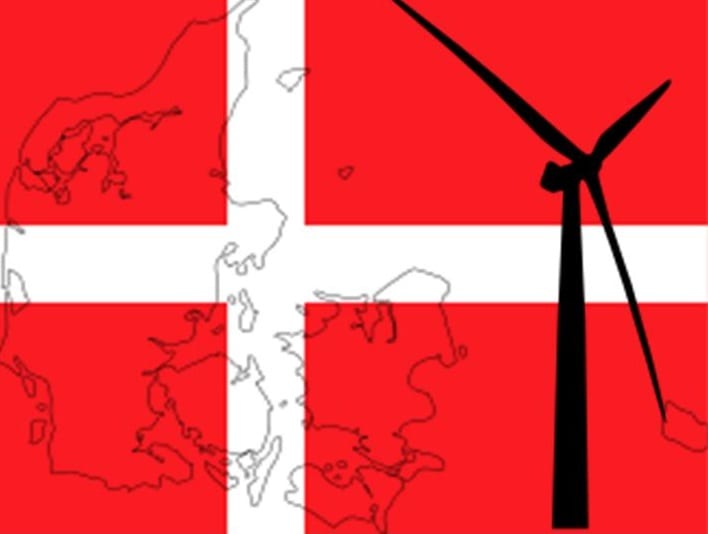
Wind energy helps Denmark reach major milestone
April 9, 2013Denmark makes significant progress toward sustainability with the help of wind energy
Denmark is quickly becoming a strong example of the benefits of renewable energy. Like some other European countries, Denmark has been embracing renewable energy more readily than those outside of Europe. Thus far, wind energy has been the most prominent form of renewable power that the country has come to advocate, and Denmark has made significant progress in its use of wind energy over the past few years. Now, Denmark has reached a major renewable energy milestone, but the country does not have any plans to slow its adoption of clean energy for the foreseeable future.
Siemens finishes construction on new wind turbines
Last month, leading wind turbine developer Siemens completed the installation of its 36th 3.6 megawatt wind turbine in Denmark. This brought the country’s total installed wind energy capacity to 1 gigawatt, which means that wind now accounts for 25% of the county’s energy demand. Much of the country’s wind energy comes from onshore projects, but Denmark sees vast potential in the realm of offshore wind energy. Strong wind currents off the coast may hold the key to the country’s future energy endeavors.
Denmark aims for 50% of its energy to come from wind
Denmark has no plans to slow its adoption of wind energy. Indeed, the country aims to generate 50% of its electricity from both offshore and onshore wind energy systems within the next eight years. Many of these systems will be developed with the help of Siemens, but other wind energy companies and those that develop wind turbines, such as General Electric, are showing strong interest in the country. Denmark also has plans to adopt several new energy efficiency standards which put an emphasis on the use of clean technology as a way to cut emissions and promote the use of renewable energy among consumers and businesses.
Surplus may lead to economic trouble in the future
One of the problems that Denmark is currently faced with is the prospect of energy supply exceeding demand, which could happen as early as 2020. Denmark will have to find new ways to manage the electrical power it produces, especially from renewable sources, if it wants to avoid dealing with the implications of such a problem. Over the winter, Denmark experienced this problem as it produced an excessive surplus of wind energy, which is had to actually pay other countries to take.



 With over 15 years of reporting hydrogen news, we are your premier source for the latest updates and insights in hydrogen and renewable energy.
With over 15 years of reporting hydrogen news, we are your premier source for the latest updates and insights in hydrogen and renewable energy.